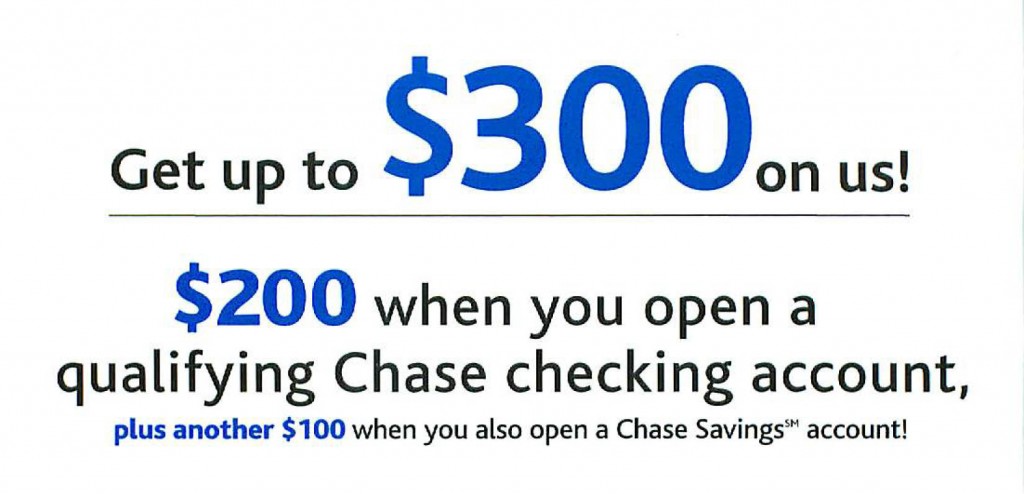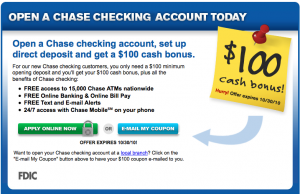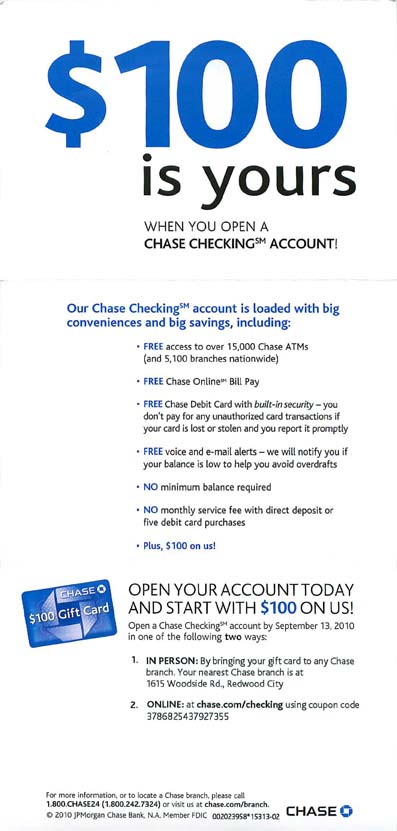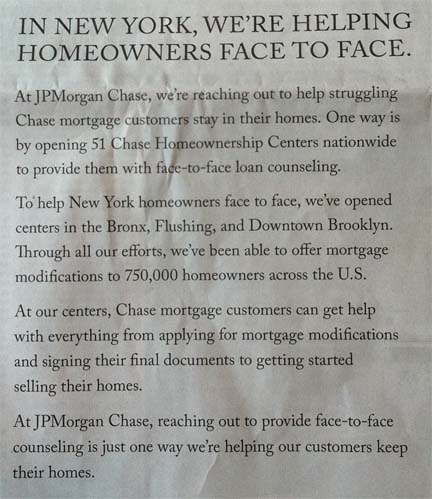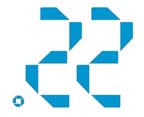Chase to air greed-washing TV campaign
For Chase, a TV Show to Promote Its Charity
By BRIAN STELTER, The New York Times
Published: December 9, 2011
When a television network broadcasts an awards show created by a multinational bank’s marketers, what is it? An advertisement? A tribute to deserving charities? An entertainment spectacle?
On Saturday, it might be all of the above.
In a gambit to promote its charitable work — and maybe polish its image, which has suffered since the financial collapse in 2008 — JPMorgan Chase is financing and sponsoring the “American Giving Awards,” which will be televised by NBC on Saturday night. The two-hour show, with Bob Costas as host, will profile recipients of Chase donations, will be book-ended by Chase commercials and will regularly remind viewers that the whole event is “presented by Chase.”
The producers and the network suggested Friday that the awards show was a feel-good holiday season special. Kimberly B. Davis, the president of the JPMorgan Chase Foundation, said it was about celebrating “ordinary people doing extraordinary things in communities.”
But to others, the show has another bottom line. It’s a “‘greed-washing’ campaign to score P.R. points,” countered Lisa Graves, whose publication “PR Watch” investigates company public relations campaigns. The $2 million in donations that will be featured on Saturday “are a drop in the bucket compared to its ultra-lush benefits for bankers who profited richly from the swaps that undermined our nation’s financial security,” she said.
The “American Giving Awards” are part of a broader business world trend. Not content to have the news media cover its good works, many companies are creating their own media, often cloaked as entertainment.
Big banks, in particular, “do a lot of socially driven programs, but they don’t consistently tell people about them,” said Steve Cone, a marketing executive for AARP who formerly worked at Citigroup and Fidelity.
And given the financial downturn, “there’s more pressure now to say, ‘We’re not all evil, here’s the good things we do,’ ” said Allen P. Adamson, a managing director at the brand firm Landor Associates.
